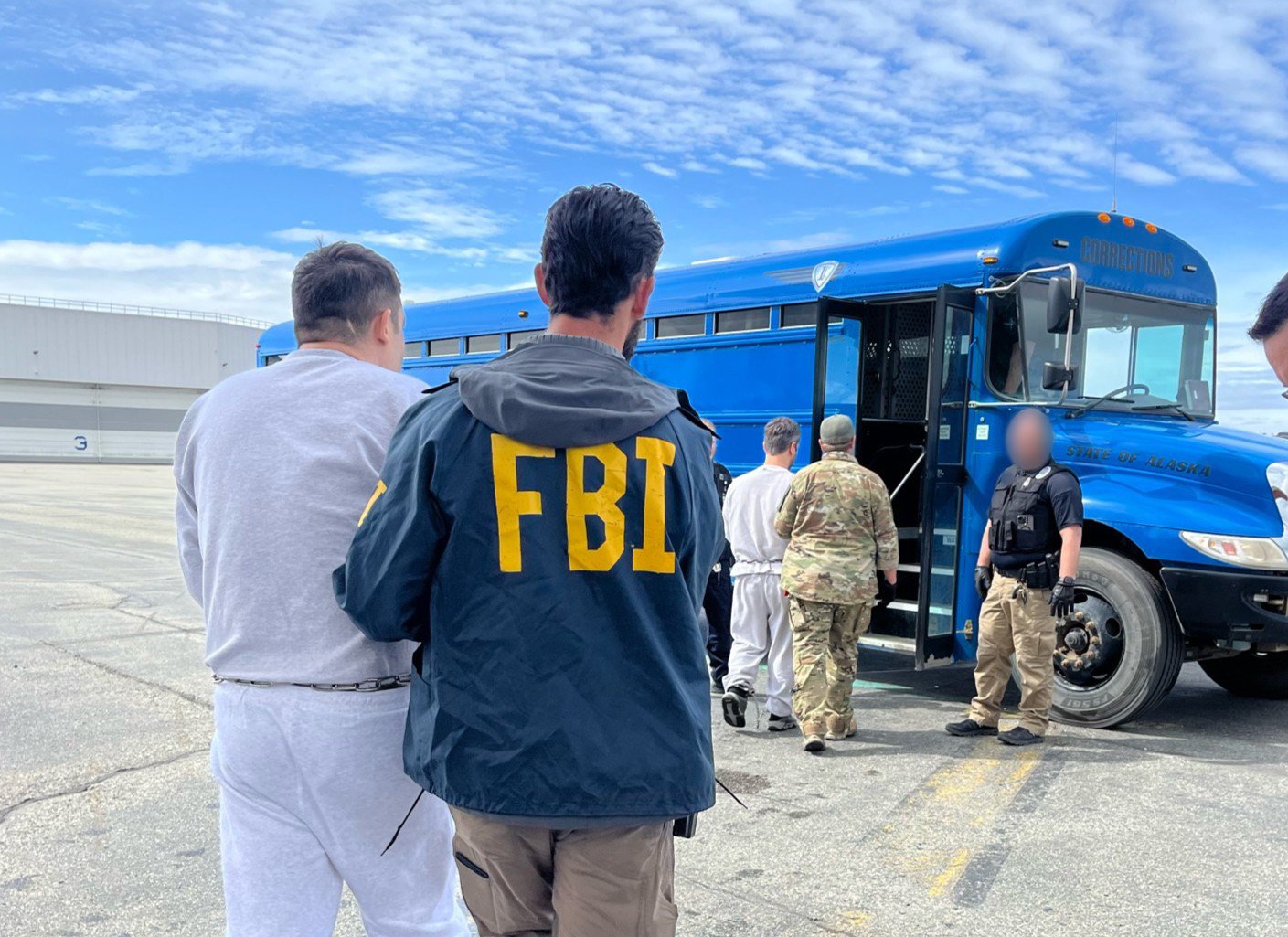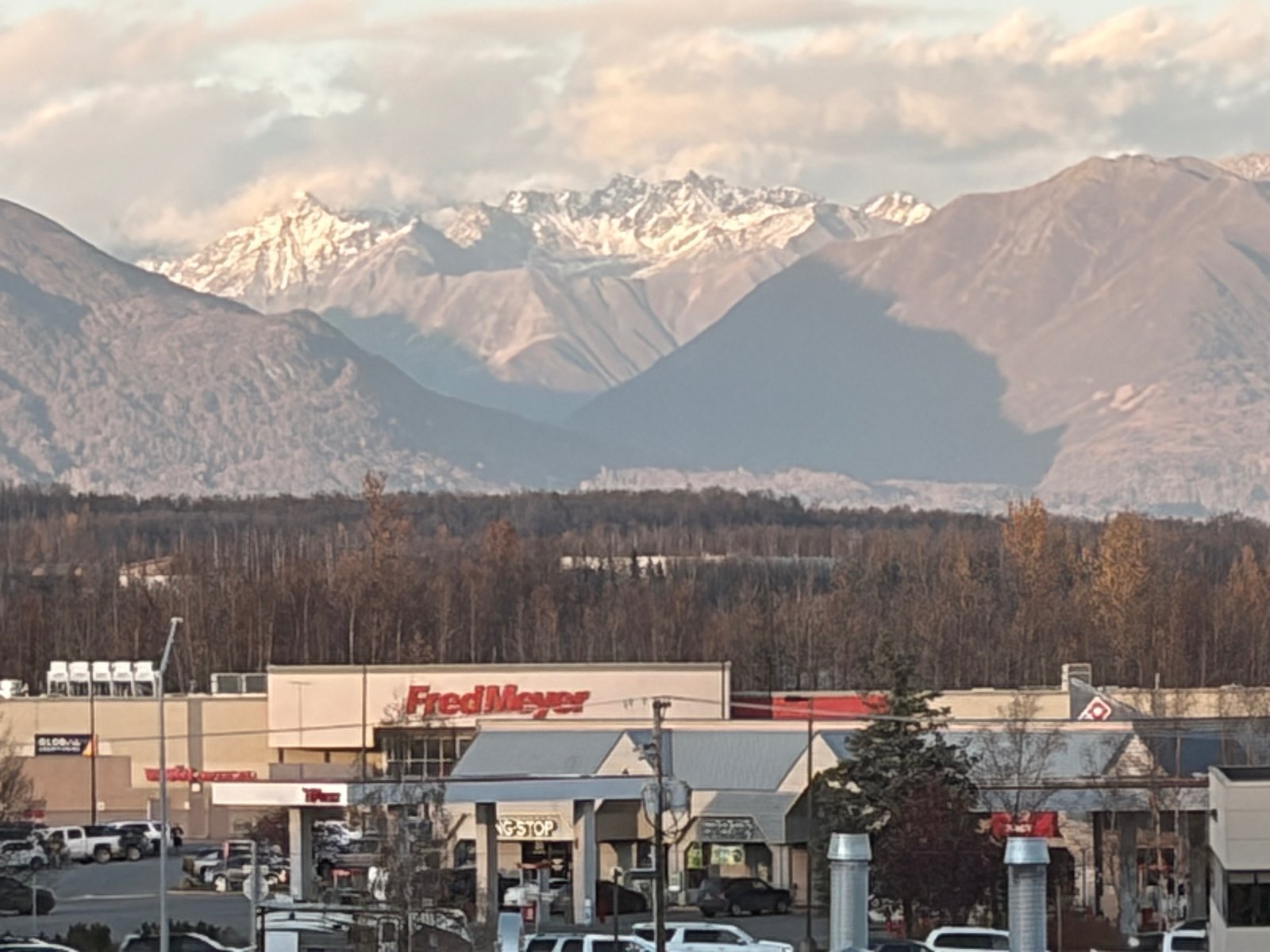ICE Immigration Arrest Surge in Alaska Amid New Federal Enforcement Policies
By Gina Hill
Alaska Headline Living/October 2025
Alaska isn’t usually the first place that comes to mind when people think of immigration crackdowns. But this year, federal enforcement officers have turned north. Under the current presidential administration, immigration arrests by ICE have more than quadrupled, pulling Alaska into a national wave of tougher enforcement and sparking new questions about how far Washington’s mandates should reach.
🚨 A Sudden Spike
In just six months of 2025, ICE agents have made at least 33 arrests across Alaska, according to data compiled by the UC Berkeley Deportation Data Project and federal records. That’s a sharp climb from 2024’s 13 arrests and roughly quadruple the average of previous years.
What’s behind the surge? Legal observers and former immigration attorneys point to new federal quotas requiring ICE to triple daily arrests nationwide, quotas that filter down even to low-population states like Alaska.
“Alaska used to see isolated enforcement, usually tied to criminal cases,” said Anchorage immigration attorney Maria Salazar. “Now we’re seeing agents showing up at homes, job sites, and even near courthouses. That’s a huge shift in tone and reach.”
🏠 From Detention to Doorsteps
The data show another change: where the arrests are happening.
Rather than focusing on people already in detention, ICE officers are increasingly detaining individuals directly in the community: at work, home, or school drop-offs.
Across the Northwest region, including Alaska, more than half of those arrested this year had no criminal convictions, a drastic increase from prior years.
Anchorage resident Luis, who asked that only his first name be used, said two ICE vehicles appeared outside his workplace in July. “They had a list with names. Not warrants, just names. People were terrified,” he said. “Even if you’re legal, it makes you look over your shoulder.”
⚖️ Courthouses Under Scrutiny
Advocates say a new tactic intensifying the fear is ICE’s coordination with immigration courts. Attorneys have documented cases where removal hearings are suddenly dismissed, allowing ICE to immediately arrest respondents outside courthouse doors.
“It’s a revolving door,” said Rebecca Sloane, a staff attorney with the ACLU of Alaska. “You walk into a hearing expecting due process, and you walk out in cuffs.”
Civil rights groups have challenged similar courthouse arrests in other states, arguing they violate constitutional protections and discourage people from participating in court proceedings at all.
📊 The Bigger Picture
To some degree, Alaska’s rising arrest rate is a statistical ripple in a nationwide storm. But proportionally, it’s one of the steepest jumps anywhere in the U.S. this year, from roughly 1 arrest per 100,000 residents in 2024 to over 4 per 100,000 in 2025.
Federal records show 23 deportations followed those arrests. Most involved people who had lived in Alaska for years, often working legally under expired or contested visas.
“It’s not just numbers, these are people who’ve been here a decade or more,” said Salazar. “When they’re taken, their families are left behind without support.”
📚 Accessing the Data
The primary dataset for these findings comes from the UC Berkeley Deportation Data Project, which compiles anonymized individual-level ICE records obtained through FOIA requests.
Alaska-specific figures are cross-checked with:
- ICE Enforcement and Removal Operations (ERO) reports on Data.gov
- TRAC Immigration datasets from Syracuse University (trac.syr.edu)
- Alaska Department of Corrections summaries of detentions
Together, these show a small but striking pattern: Alaska is now squarely on ICE’s radar.
🧭 A State Caught Between Policies
Alaska’s immigrant population remains small but vital, supporting sectors from seafood processing to healthcare. As enforcement ramps up, so do the stakes — for workers, families, and the state’s economic health.
Community groups like AK Immigrant Justice and Catholic Social Services Refugee Assistance say they’re fielding double the usual number of calls for help. “People want to know their rights, and whether they can be arrested just for showing up to work,” said Danielle Reyes, a volunteer organizer in Wasilla.
🌄 The Road Ahead
For now, ICE’s Alaska field office remains tight-lipped, issuing only a brief statement that enforcement actions “reflect federal priorities” and “target individuals who pose public safety risks.”
But advocates argue that’s not what the data show. “This is broader than safety,” said Sloane. “It’s policy through fear.”
As winter approaches, the question lingering in Alaska’s immigrant communities isn’t about weather, it’s about who might come knocking next.
🧾 Sources
- UC Berkeley Deportation Data Project
- TRAC Immigration (Syracuse University)
- Alaska Department of Corrections
- ICE Enforcement and Removal Operations, Data.gov
- American Immigration Council reports




